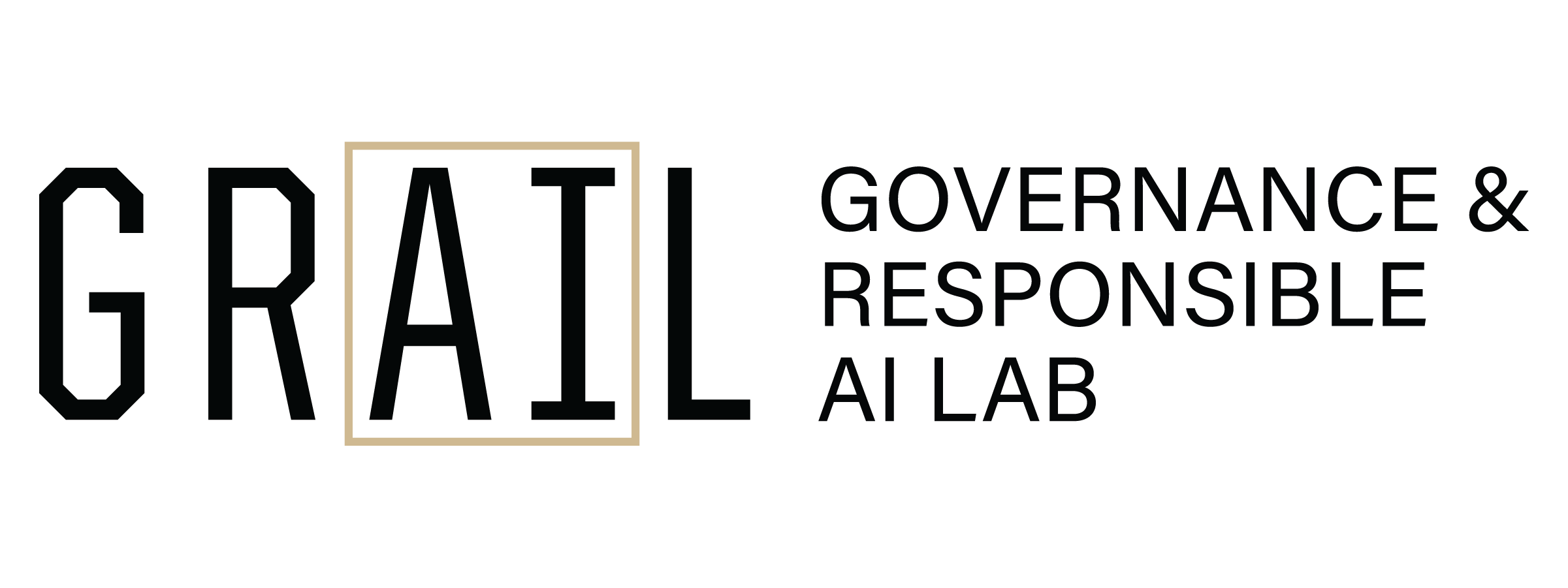
The impact of automation and artificial intelligence on worker well-being
This study examines how automation risk affects worker well-being across 402 occupations using General Social Survey data from 2002–2018. It finds that while higher automation risk is associated with lower stress, it also correlates with worse health and little to no improvement in job satisfaction—highlighting the mixed effects of technological complementarity on workers.
Executive Summary
Discourse surrounding the future of work often treats technological substitution of workers as a cause for concern, but complementarity as a good. However, while automation and artificial intelligence may improve productivity or wages for those who remain employed, they may also have mixed or negative impacts on worker well-being. This study considers five hypothetical channels through which automation may impact worker well-being: influencing worker freedom, sense of meaning, cognitive load, external monitoring, and insecurity. We apply a measure of automation risk to a set of 402 occupations to assess whether automation predicts impacts on worker well-being along the dimensions of job satisfaction, stress, health, and insecurity. Findings based on a 2002–2018 dataset from the General Social Survey reveal that workers facing automation risk appear to experience less stress, but also worse health, and minimal or negative impacts on job satisfaction. These impacts are more concentrated on workers facing the highest levels of automation risk. This article encourages new research directions by revealing important heterogeneous effects of technological complementarity. We recommend that firms, policymakers, and researchers not conceive of technological complementarity as a uniform good, and instead direct more attention to mixed well-being impacts of automation and artificial intelligence on workers.
